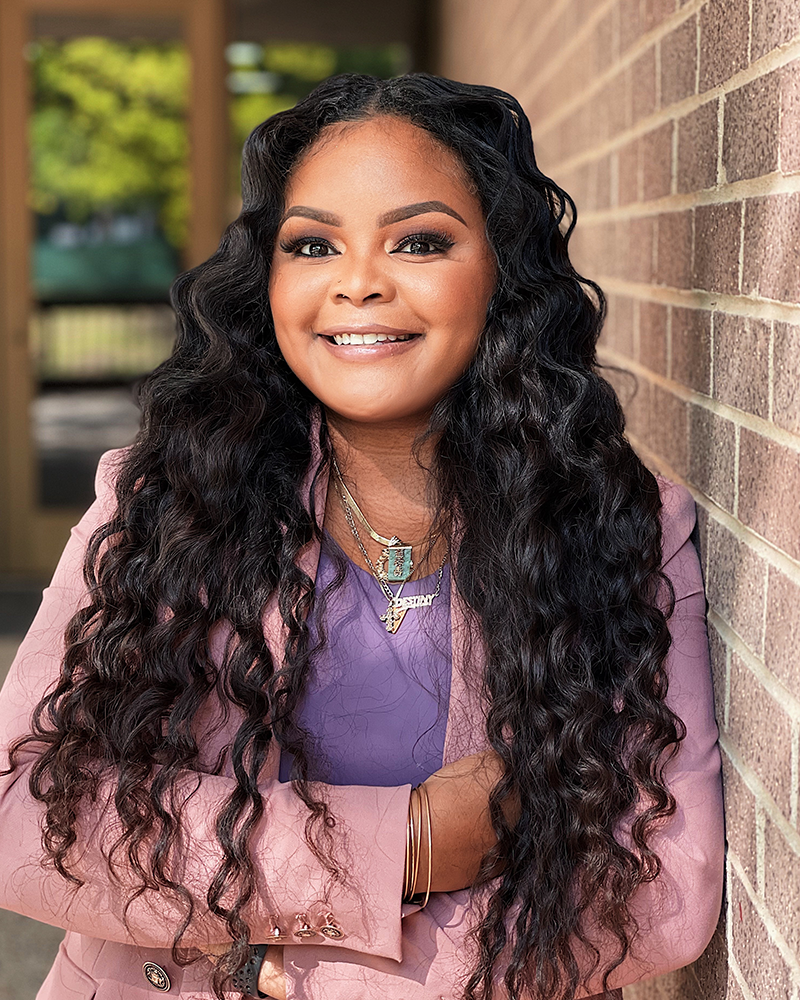What is Culture? A Guide for Brands and Agencies
.jpg)
Sound familiar? Maybe you’ve received one of these asks – exciting, but lacking any real definition. You respond, “What’s culture exactly?” and suddenly... silence.
If that’s ever happened to you, you’re not alone. In fact, this entire article was inspired by a real conversation with a colleague who faced that very moment, leaving perplexed when their client couldn’t articulate what they actually meant by “culture.”
The truth is, it’s not entirely the client’s fault.
The word culture has a deep history that’s been evolving – like cultures do *wink, wink* – so it actually makes sense why it’s so difficult to pin down in this day and age. Let’s take a brief look back at where it started:
- Latin Roots: The term originates from the Latin colere, meaning “to cultivate or nurture.”
- Agriculture Adaptation: Over time, it was tied to “agriculture” — the cultivation of soil to grow uniform crops, suggesting structure, growth, and nurturing.
- Industrial Revolution: Its meaning expanded to include the intellectual, moral, and expressive development of people within an industrialized society.
One of the founding fathers of cultural studies, Raymond Williams, actually used this genealogy to define culture as a system through which we interpret and make sense of the world — a whole way of life that shapes how we respond to daily experiences based on their meaning.
We could honestly stop right there, but for marketers and industries alike, we have to take it a step further – because everyone wants to be a part of culture.
Why do brands want to play a role in culture?
It’s pretty simple, they want to do three things:
- Engage with consumers authentically.
- Increase brand awareness and drive sales.
- Stay relevant by responding to shifts in attitudes and behaviors.
But here’s where it gets tricky. Because culture itself has both traditional and modern meanings, it’s easy to see why brands struggle to figure out how to actually do those things, especially with the increased complexity of social media and technology at the center of said “culture”.
Brands often make the mistake of thinking that being part of culture means jumping into every trend they see or chasing whatever is viral that week.
‼️Here’s the thing:
There’s a big difference between showing up in culture and actually being culturally relevant.
That gap shows up when brands shift from pushing out reactive, trend-driven content to creating real cultural impact through their content and platforms (which we’ll get to in a minute).
What makes something cultural?
Culture is not one-size-fits-all, as our Associate Director of Account, Alexa Gonzalez, likes to put it. It evolves – constantly – based on society, technology, and generational shifts.
That means brands trying to get it right have to navigate some key tensions:
- Pop Culture vs. Cultural Relevance
Are you just chasing what’s hot right now, or building something people actually care about long-term? - Traditional vs. Redefined Cultural Marketing
Are you jumping from moment to moment, or showing up consistently in meaningful ways? - System vs. Collective Behavior
Are you just thinking about what people do, or reflecting on how they live?
(Shoutout to Raymond Williams’ system of meaning and Marcus Collins’ idea of culture as collective behavior — both are true and both are happening at the same time.)
When you break it down, culture really comes from the everyday life moments that shape how people connect, communicate, and create meaning in their world. It’s not a trend – it’s the thing that creates trends.
So, how do you actually do it? Let’s look at some examples.
Comparing brands that are ingrained in culture versus those that tap into cultural moments helps us see some quick patterns of what works and what doesn’t.
.png)
So, what separates the two?
All the brands that do it well have a few things in common that have led to their culturally relevant success:
- Authenticity, consistency, and relevance over time.
- Boldness to make a statement that actually aligns with the audience they’re trying to reach.
- Long-term community building instead of moment chasing.
- Acknowledging what’s shaping people’s lives right now (from routines to social movements) and finding natural ways to fit in.
Taylor's Cultural Lens: Inherently Shaping Possibilities
So, at Taylor, we embarked on a journey across our diverse teams – from Strategy to Creative, PR to Digital Media – to collectively define culture and understand its implications for our work. The resounding conclusion? Culture is multifaceted, innately personal, and a powerful vehicle for brand connection when approached sincerely.
Our internal dialogue reveals several key components that inform our working definition of culture for brands:
- Highlighting interests and niches that create places for people to deep dive
- Using culture as a vehicle to drive society and shape possibility
- Paying homage to where it was created (what are the influences?)
A recurring theme was the vital role of diverse perspectives in understanding and engaging with culture. A holistic intelligence of culture begins with the workforce itself, and this understanding then shapes how culture is reflected in the work we do.
"Taylor has such a diverse workforce, not only in demographics but geographically in the cities and organizations that dimensionalize the Taylor voice. We have a breadth of view that helps shape original strategies, rooted in our varied perspectives." - Alexis Peng, Account Executive
When tackling how brands show up in culture we bring another layer of depth to diversity that is often less top of mind. This breadth of perspective fuels a more nuanced and resonant cultural understanding, thus helping us drive more unique approaches to tackling it as a whole. The ultimate goal is to forge earnest connections for brands, recognizing that:
"Culture is what people care about, whether it’s something as small as a running anime joke or as big as referencing heritage and building on it." - Rebecca Ki, Copywriter
The most successful brands, in our view, know who they are, what they stand for, and are willing to push boundaries and bring their audience along on the journey.
The Taylor Standard: Authenticity Over Everything
We all know the driving force to earning “clout” with audiences as of late is authenticity, that’s no new news.
But how do you distinguish one or the other? It is intuitive, a "vibe check" as one team member put it. It boils down to whether activating on something fits with how the brand is typically known. A key insight is that brands have to stay true to themselves to find their swim lanes. Forcing a brand into a cultural conversation where it doesn't naturally belong is the quickest route to inauthenticity.
We draw a stark line between being "trendy" and being truly culturally relevant. While some brands might achieve temporary buzz through trend adoption, long-term cultural relevance is exemplified by brands who’ve built it into their business model. Brands should be empowered to be ingrained in culture. This demands a strategic, long-term vision where brands align cultural engagement with their core DNA, prioritizing quality over quantity instead of trying to please everyone. We believe true cultural impact comes from a consistent commitment, even when challenging.
Our POV in a nutshell? Culture for brands is more than a trend to capitalize on; it's a vibrant, multifaceted ecosystem with which brands must genuinely understand and engage with intention. Our role is to ensure brands maintain their true voice, preventing dilution when integrating their social presence with their overall brand aspirations.
Taylor defines culture for brands as "Entering the conversation and shaping identity authentically with diverse perspectives in mind."
We leverage our "hive mind" – a collective intelligence fueled by diverse insights – to strategically and thoughtfully weave brands into meaningful cultural narratives. For Taylor, engaging with culture isn't optional; it's a strategic imperative executed with insight, conviction, and deep respect for cultural nuances.

.jpeg)




.png)


.png)
.png)
.jpg)
.jpeg)
.jpg)

.jpg)
.jpg)

